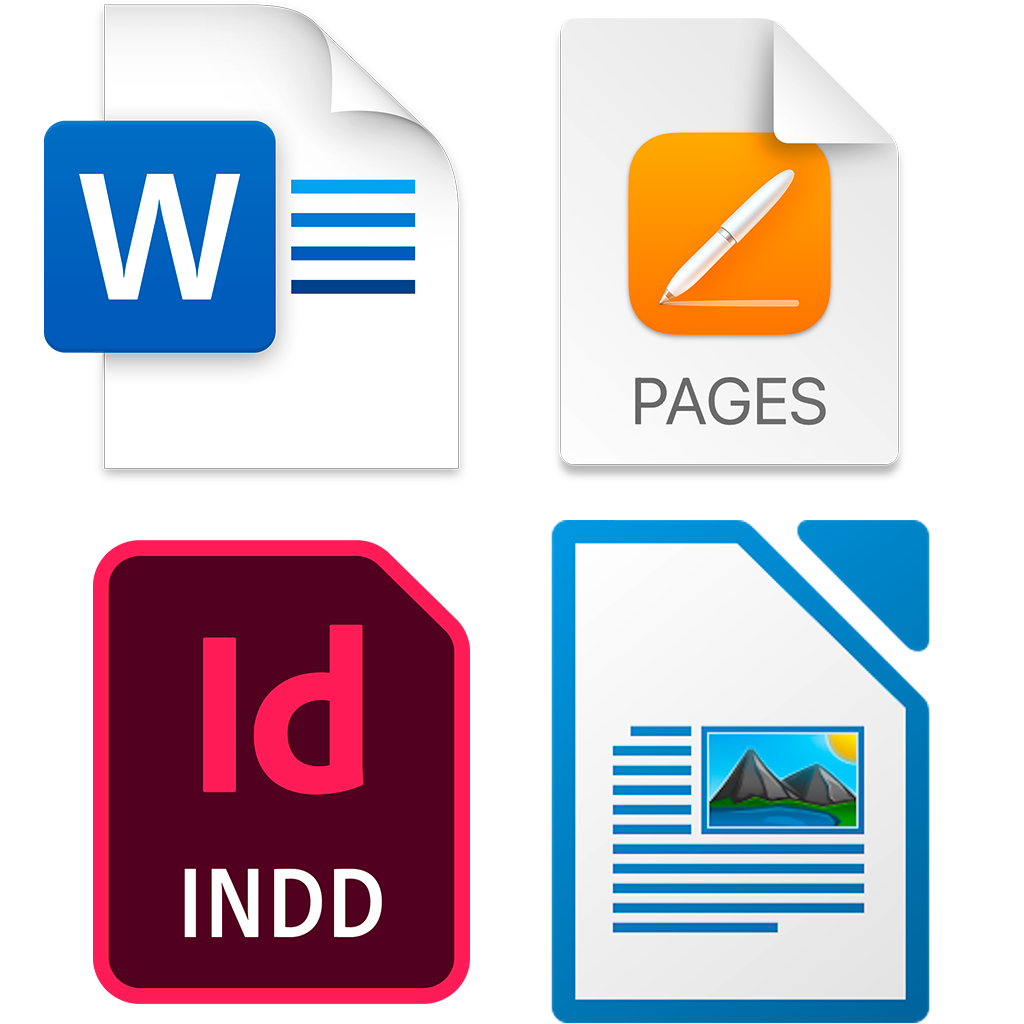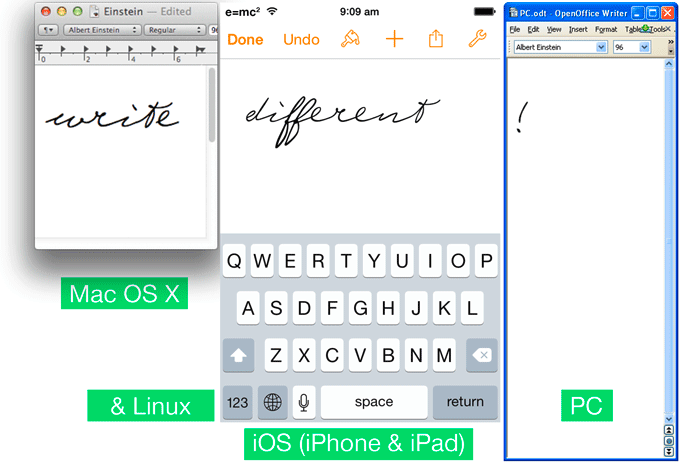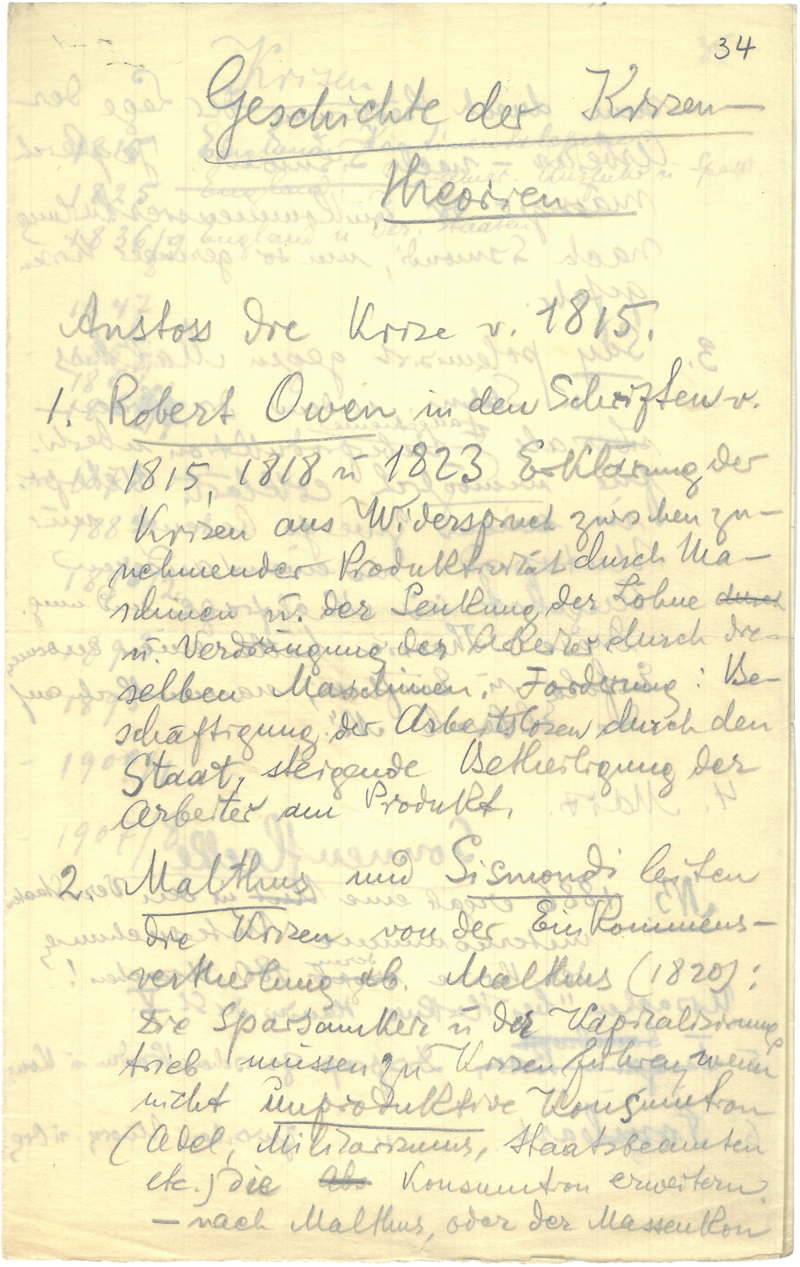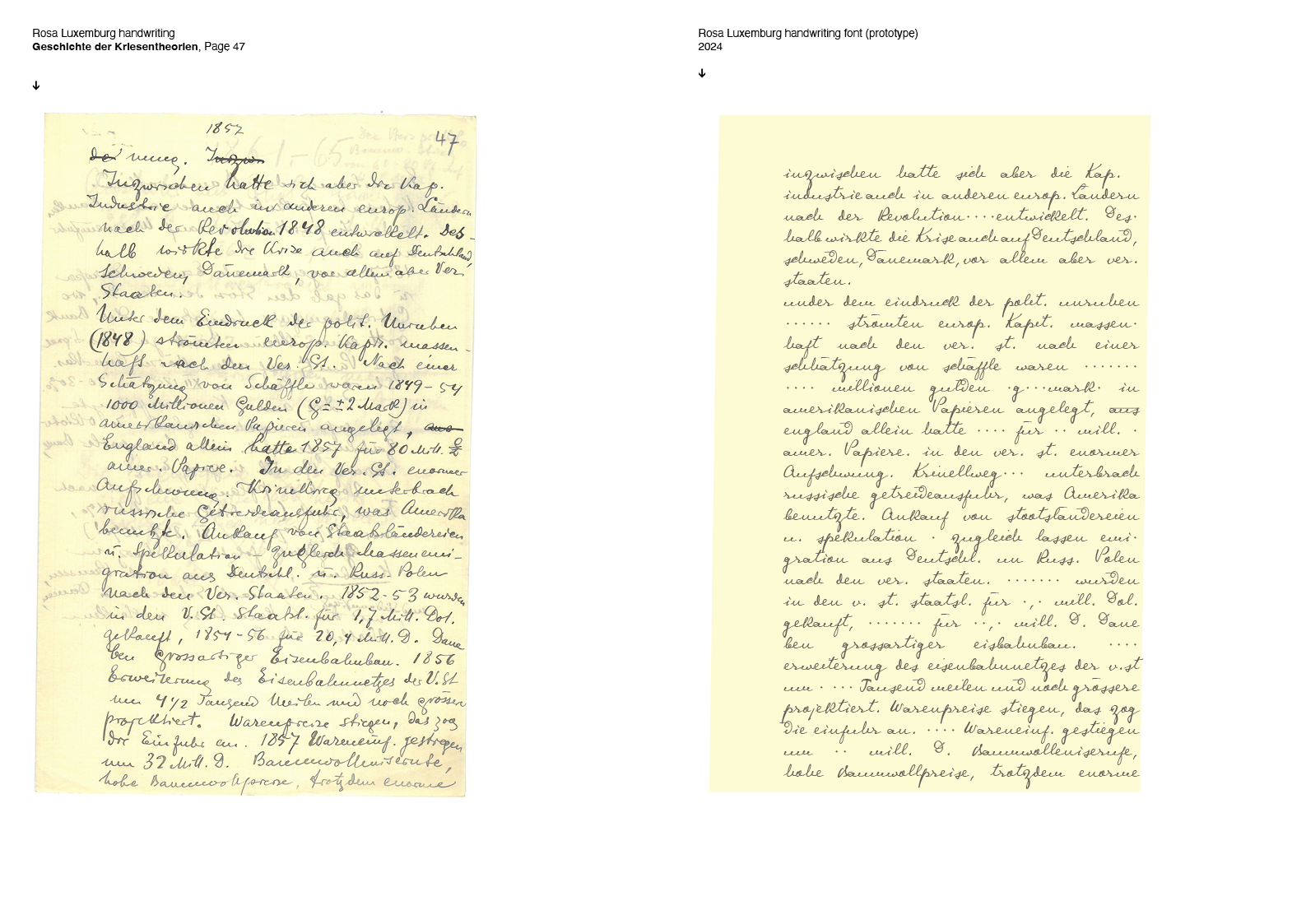
Make Your Words as bold as Your Ideas: Write with Rosa Luxemburg’s Handwriting Font.

With its distinctive style and unique flair, this handwriting font captures the passion and intensity of one of history’s most celebrated revolutionaries. By using this font, you can bring a piece of Rosa Luxemburg’s powerful spirit to your own writing and design, inspiring others and making your ideas heard. So if you’re ready to make your mark and leave your own revolutionary legacy, start writing with Rosa Luxemburg’s handwriting font today.
Personal and educational use is free.
Here at the library, we believe free access to fonts is important. That is why a library section is free for personal and educational purposes (non-commercial use). This font is part of the free section.
A prototype?
This font is a working prototype, capturing the essence of Rosa Luxemburg’s handwriting while still evolving. While it’s functional, some letters are missing – future updates will add more characters like capital letters and numbers.
By signing up for any paid library pass, you directly contribute to the ongoing development of this unique font. Join us on this journey and help keep the spirit of Rosa Luxemburg’s words alive.

Getting Started
Step 1. Download
After signing up and logging in, you can download the font files right here, from the Download section of each font page.
This font is part of the Handwriting Font Library. To unlock the font and free support material:
Already a member?
Login here.
Step 2. Install

Desktop: Once downloaded, locate the font file on your disk and double-click it. Follow the instructions of your operating system to install the font. Find more information here.
iOS: On your iPhone or iPad, download the configuration file to your phone and follow the instructions on your device. Find more information here.
Step 3. Use
Everywhere you work with text, you can use the font. Once installed, the font is available in all your applications that support fonts.

↑ Quick Start Documents
To help you get started, each font package includes quick start documents that showcase the font in use. Whether you are using Word, Pages, Open Office, Libre Office, InDesign, or Illustrator, these documents will give you a head start and enable you to create beautiful designs with ease.
Features of the Font.
Works on PC, Mac, iPhone…
You can use the Handwriting fonts across all your Desktop, Laptop and Mobile devices. All common operating systems like Windows, Mac, iOS and Linux are supported. The fonts come with a special installer for iPhone and iPad.

🚀 Quick Start Documents

To help you get started, each font package includes quick start documents that showcase the font in use. Whether you are using Word, Pages, Open Office, Libre Office, InDesign, or Illustrator, these documents will give you a head start and enable you to create beautiful designs with ease.
🏴☠️🏁🇩🇪🇬🇧Language support
Every language has specific needs; for example, in German, two dots are placed over vowels (ä,ö,ü) to indicate a modification.
Currently this Prototype Font supports German and English. Some uppercase characters, signs, and numbers are missing!
Font Format

You can download the font in OpenType format (.otf), and it works well on PC, Mac, Linux, iOS, and even on some Android devices.

If you’re using a mobile device, just grab the “iPhone and iPad” version for an easy installation.
License
All fonts are licensed for private (non-commercial) and educational (in the context of your work as a teacher in a school) use.
EULA is short for End User License Agreement. Since a font is a design and software, we need to agree on many things, for example, what are my responsibilities and what can you expect from this software. You can read the EULA for all my fonts right here.
Do you have a question about licensing, reach out to the handwriting font library → here.
How is the font made?
Sources
Creating a handwriting font requires samples of every (lower- and uppercase) letter of the alphabet. I select a variety of manuscripts that are representative of the author’s hand and are interesting and relevant to give an insight into the author’s body of work and time.

Dive deeper…
The main focus of the font sources lies in Rosa Luxemburg’s notes on “Geschichte der Kriesentheorie,” which she wrote between 1909 and 1913. The samples were chosen by Grit Ulrich from the Bundesarchiv (Germany’s Federal Archive). More important manuscripts can be found in the virtual exhibition of the Bundesarchiv, which displays Rosa Luxemburg’s personal papers. The text is in German.

Virtual Exhibition: Persönliche Papiere von Rosa Luxemburg im Bundesarchiv
Drawing, writing, moving on paper…
The creation process is a unique method developed to focus on the writer’s movement on paper. This process allows the reproduction of the letters exactly and captures the lively character of a hand.
Read more
In the first step, I analyze the pen’s path and place tangents along the letter. A Bezier curve aligning along the tangents recreates the writing movement. The trail then extends to represent the pressure applied through the pen.
After the drawing is complete, it is placed in the font and tested to ensure it fits with the rest of the characters.
Improvising – There are many signs that the font should include nowadays, such as the number sign or hashtag “#”, or the “@” symbol. Many of these were not used in Rosa Luxemburg’s time. The best way to handle this is to first learn to draw all the letters present in the original manuscripts, and then improvise the new signs based on the existing letters.
Future Updates – The font is currently a working prototype. The more people sign up for the library, the more time can be spent on expanding the font. You can follow the development in the update section below.
Comparing handwriting to a font.

Creating an authentic handwriting font requires a careful and thorough process of comparing the digital version to the original analog document to ensure precision and capture the author’s unique style. On the left, you will see the original manuscript with the same text set in the font. You can click on the image to enlarge it for better visibility.
The development is not always a straightforward process. Often, it requires going back and forth to make improvements. The original analog version serves as a benchmark to measure progress.

History of the font.
The creation of Rosa Luxemburg’s handwriting font began as a tribute to mark the 150th birthday of this pioneering revolutionary. Commissioned by the Rosa Luxemburg Foundation in 2020, the project first produced a prototype with a limited character set. Now, we’re excited to share this unique font with the world, available for personal and non-commercial use. This font not only preserves Rosa Luxemburg’s distinctive style, but it also allows you to infuse your words with her passionate and powerful spirit. Start writing with a piece of history and let Rosa Luxemburg’s legacy inspire your own ideas today.
Resources on Rosa Luxemburg’s Life, Work and Handwriting
Suppose you want to learn more about Dr. Luxemburg’s life, work, and handwriting. In that case, I recommend you visit the virtual exhibition of Germany’s Federal Archive (Bundesarchive), which showcases Rosa Luxemburg’s personal papers. Here, you can go directly to the source and view the original manuscripts of her writings, correspondence, and more. The text is in German.
Virtual Exhibition: Persönliche Papiere von Rosa Luxemburg im Bundesarchiv

The Rosa Luxemburg Foundation is dedicated to the legacy of Rosa Luxemburg with plenty of information to dive into.
Rosa Luxemburg Foundation
Here are three starting points to the foundation’s website:
- FREQUENTLY ASKED QUESTIONS ABOUT ROSA LUXEMBURG
- The exhibition website, “Rosa Luxemburg: A Life for the Idea of Socialism,” has great PDFs in many languages summarizing the life and work of Rosa Luxemburg.
- Articles, essays and media about the history of Dr. Luxemburg as well as her influence today: https://www.rosalux.de/en/topics/history/rosa-luxemburg
Do you have further helpful online sources you’d like to share? Please send a message to the library here.
